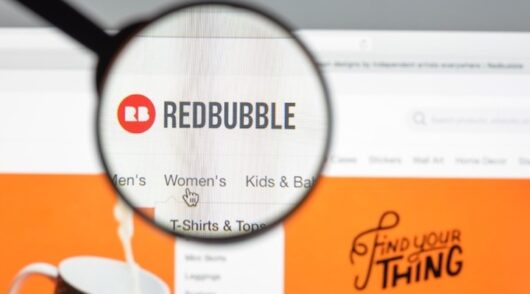We’re coming up to seven years helping businesses with their recruitment (so we’re like, 43 in start-up years). That’s almost 1 million candidates assessed and a heap of lessons learned about the things that really matter when it comes to inclusivity.
Here are some of the things we’ve learned along the way…
Actually be inclusive
If your organisation is staffed by the same kind of person, you have work to do. Ask yourself what needs to happen to make your workplace more welcoming to different kinds of people.
Use inclusive language
We know fewer women apply for roles that sound too traditionally masculine, but other, more subtle language cues can put off diverse candidates. Complex, jargon-filled job ads can put off neurodiverse people and metaphor does the same for people who have English as a second language.
Go blind
Covering up irrelevant demographic information lets recruiters focus on things that will actually make a successful candidate – values alignment, soft skills and experience.
But it works only if you’re not using resumes, which can still give you demographic clues. You can often tell if English is not a candidate’s first language or if the resume is from a woman. That’s why some of our favourite projects have been designing graduate screening assessments with no demographics visible. That way the initial screening can be done based purely on responses, not names, photos or other identifiable data.
Remove inherent bias in your process
Look at your recruiting process – where can bias creep in? For example, video intros gave hiring managers a chance to get to know candidates early on. But? They can be massively off-putting to people used to being marginalised for the way they look. Some of our larger retail customers are offering a multimedia option here – candidates can choose to answer one question through their pick of video, audio, image or text.
Advertise the salary
You know who tend to get paid less? Women, migrants, people of colour, disabled people, neurodiverse people (and so on and so forth). Instead of asking people about those underpaid roles, be upfront about what you consider fair pay.
Don’t rely on AI
AI is helpful, but it’s still built by people – i.e. it’s still biased. Amazon’s AI actively penalised resumes that included the word ‘women’, for example – there’s no telling what other bias is still built into systems like it.
Consider accessibility issues
True diversity includes people who have atypical brains and disabilities, come from underprivileged backgrounds and speak different languages. Do you have alternatives for people who don’t have homes or access to technology? Are your job ads accessible for people who can’t see, can’t hear, are dyslexic or otherwise neurodiverse?
Ditch the resume
Huge call here, but what does education or work history tell you about emotional intelligence, collaboration or interpersonal skills? Nothing is what. Resumes are especially unhelpful if you’re looking for very young people with very little work history. Those resume limitations are a massive part of why we started Weirdly in the first place.
Make use of tech
Technology can help solve a lot of these issues – for example, Weirdly lets you build instant longlists based on values-alignment, doesn’t require resumes and has built-in features to help factor against other kinds of bias. Pretty good, really.






